A distinctive feature of many foodies is a broad palate. Eating slightly unusual things on a regular basis is our forte. However, many people have at least a few aversions to certain foods, which are not always easy to get past.
I’m here to share some of my methods for overcoming those aversions. I’ve used these multiple times, with great success, and now love foods I never would have imagined I could. Here is how to teach yourself to love a food you hate.
Try it when you’re really hungry
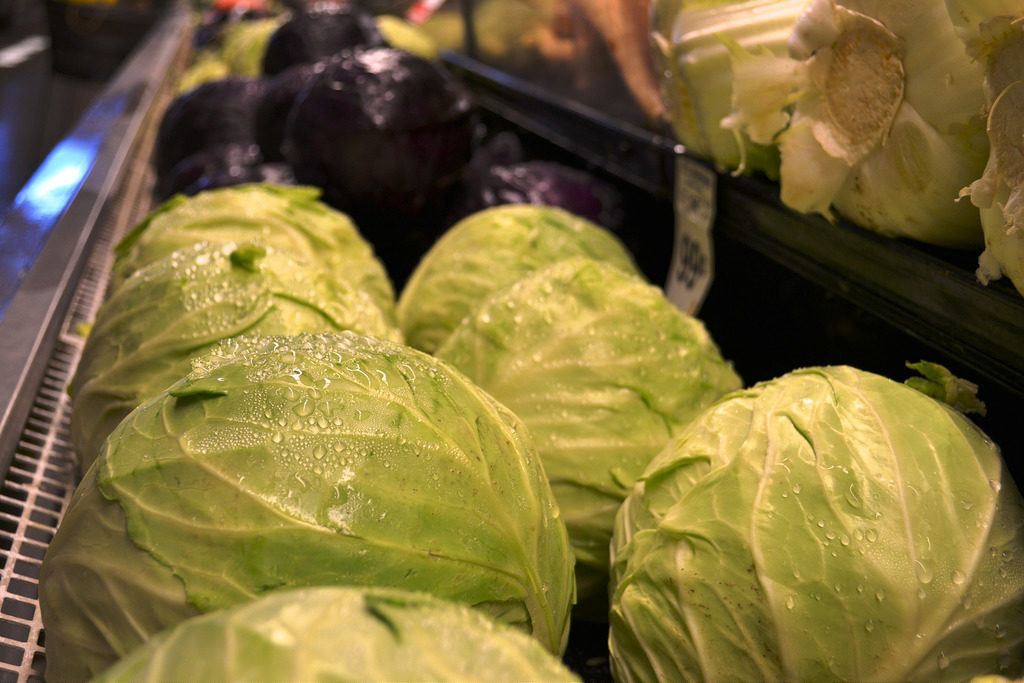
Photo by Anna Loh
For the longest time, I was absolutely repulsed by sauerkraut. That all changed one night when, having not eaten for over 12 hours, this sauerkraut-heavy dish was my only option. I dug in, expecting the worst, and was surprised to find myself enjoying it thoroughly. Apparently, what they say is true: hunger is the best spice.
Since that day, I have been an enthusiastic consumer of sauerkraut, loving it enough to give the delightful pickled cabbage a shoutout in my bio.
Eat it with someone who likes it
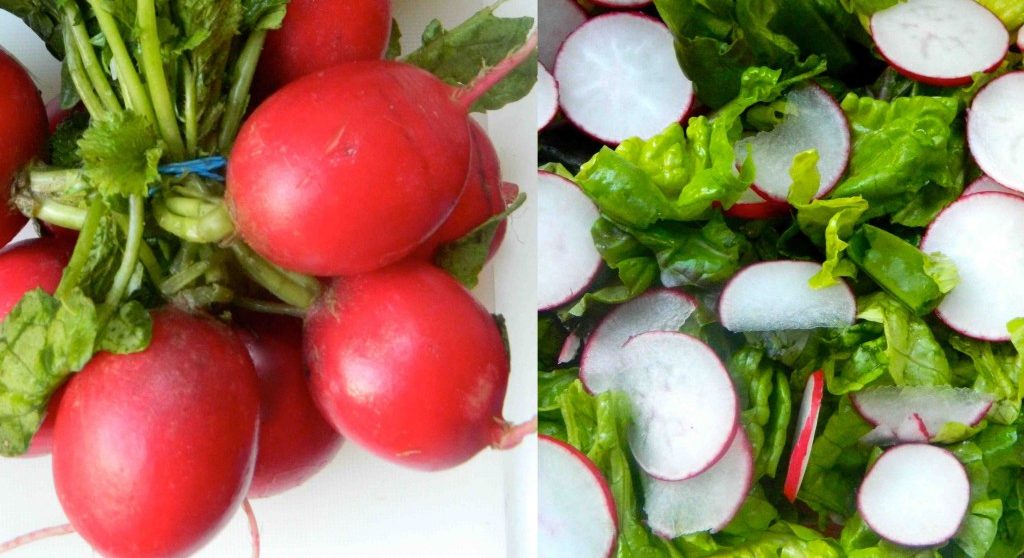
Photo by Julia Maquire
I never liked radishes until I ate one with a person who had just completed a three-day Master Cleanse (no food, only a concoction of lemon juice, water, maple syrup, and cayenne pepper). When she ate them, she acted like they were the best thing she’d ever tasted. Her attitude caused me to perceive the radishes in a very positive light, which increased my chances of liking them when I took a bite.
Put it in a dish you like, with lots of familiar things
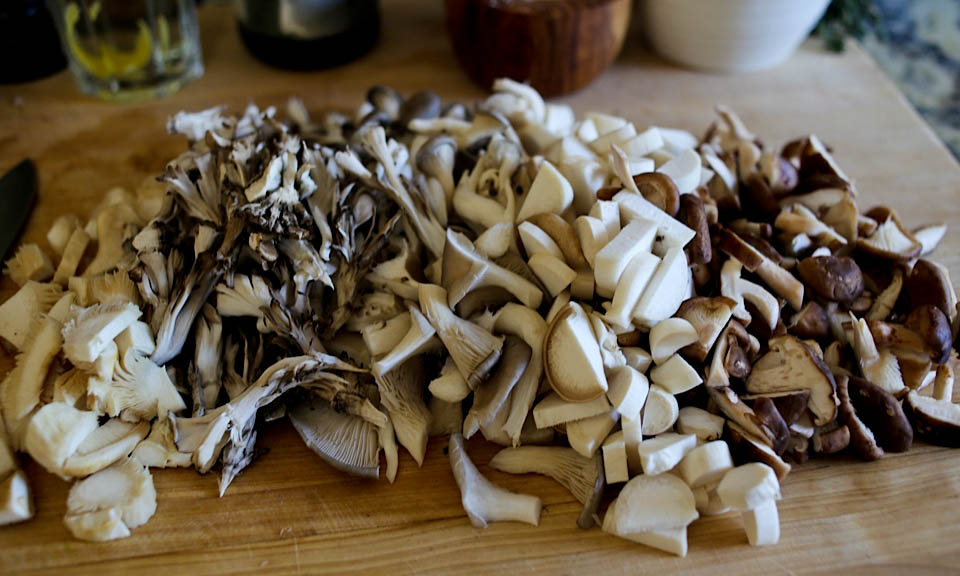
Photo by Michele Boscia
If you are trying to like mushrooms, for example, don’t eat them straight. Make a pasta dish with your favorite red sauce and vegetables and toss some finely chopped mushrooms in. They’ll do nothing but add a layer of depth to a dish you already love, trust me. The same can be applied to virtually any food you’d love to love.
Eat it at its prime
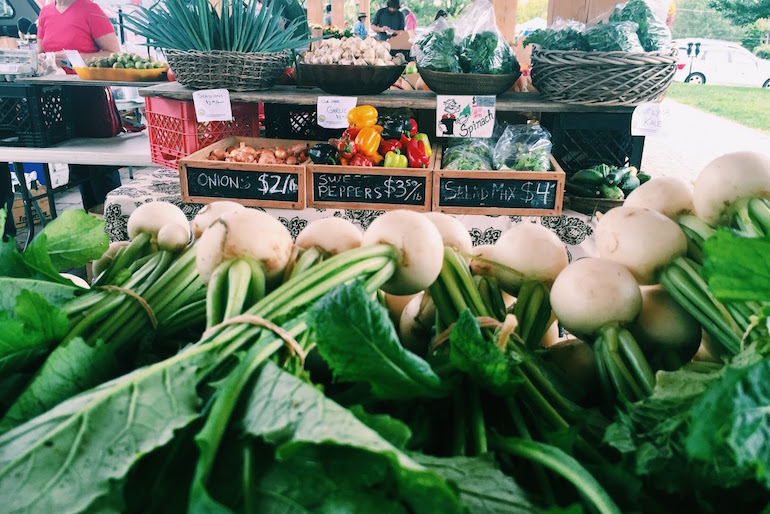
Photo by Kevin Dang
The radishes I mentioned earlier were baby radishes from an organic farm near the restaurant I work at. They tasted like they had just come out of sun-kissed, slightly damp soil — which they had. Eating these radishes was quite a different experience from trying large, chilled, old radishes from the grocery store.
If you’re trying to like a new food, find the best possible version of that food. If it’s a vegetable, try local, organic, in season, and as fresh as possible. Some vegetables taste better young, as was the case with the first radish I ever enjoyed.
Keep trying it
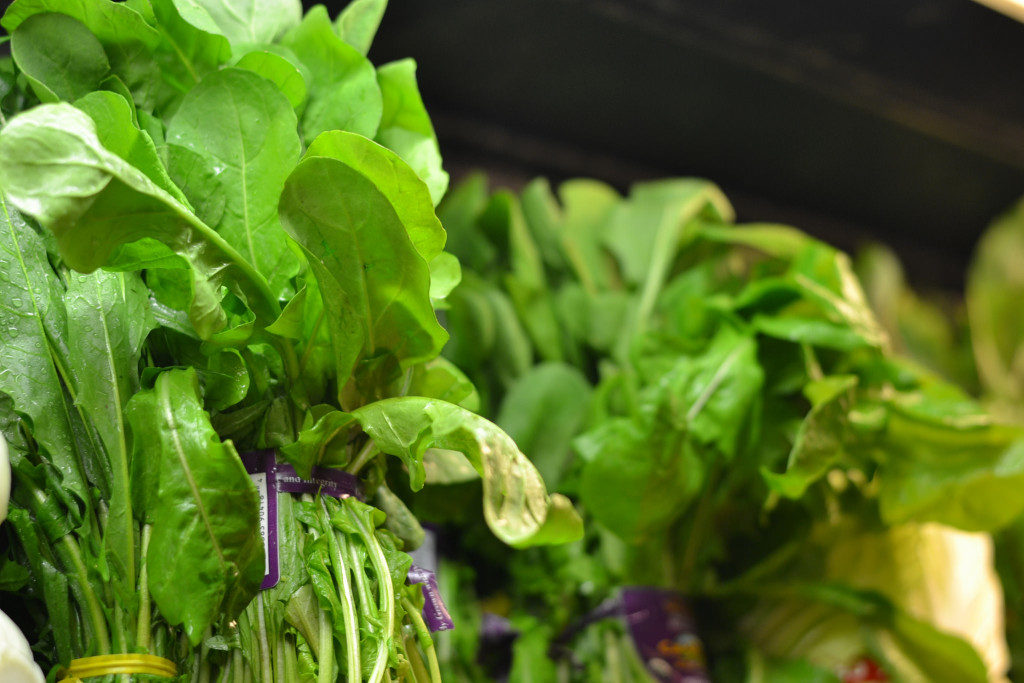
Photo by Emma Danbury
This is the most important tip. We are biologically predisposed to not trust new foods. This originated as a defense mechanism to protect us from the toxins and poisons of untested potential food sources. The best way of getting around this barrier is to keep trying a new food, even if you don’t like it the first time. It takes trying a food 10-15 times to overcome the biological barrier and accurately judge whether you like it or not.


